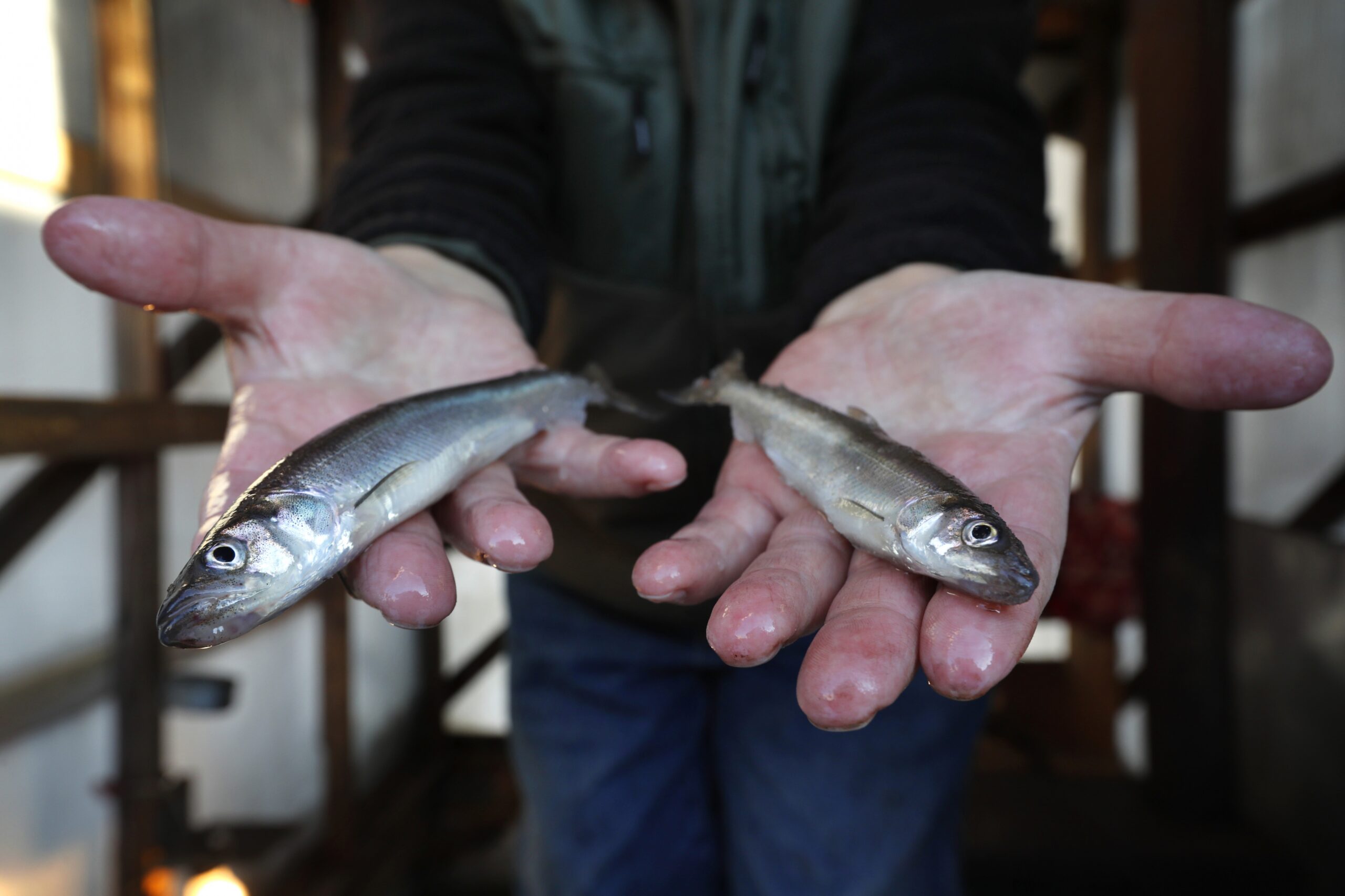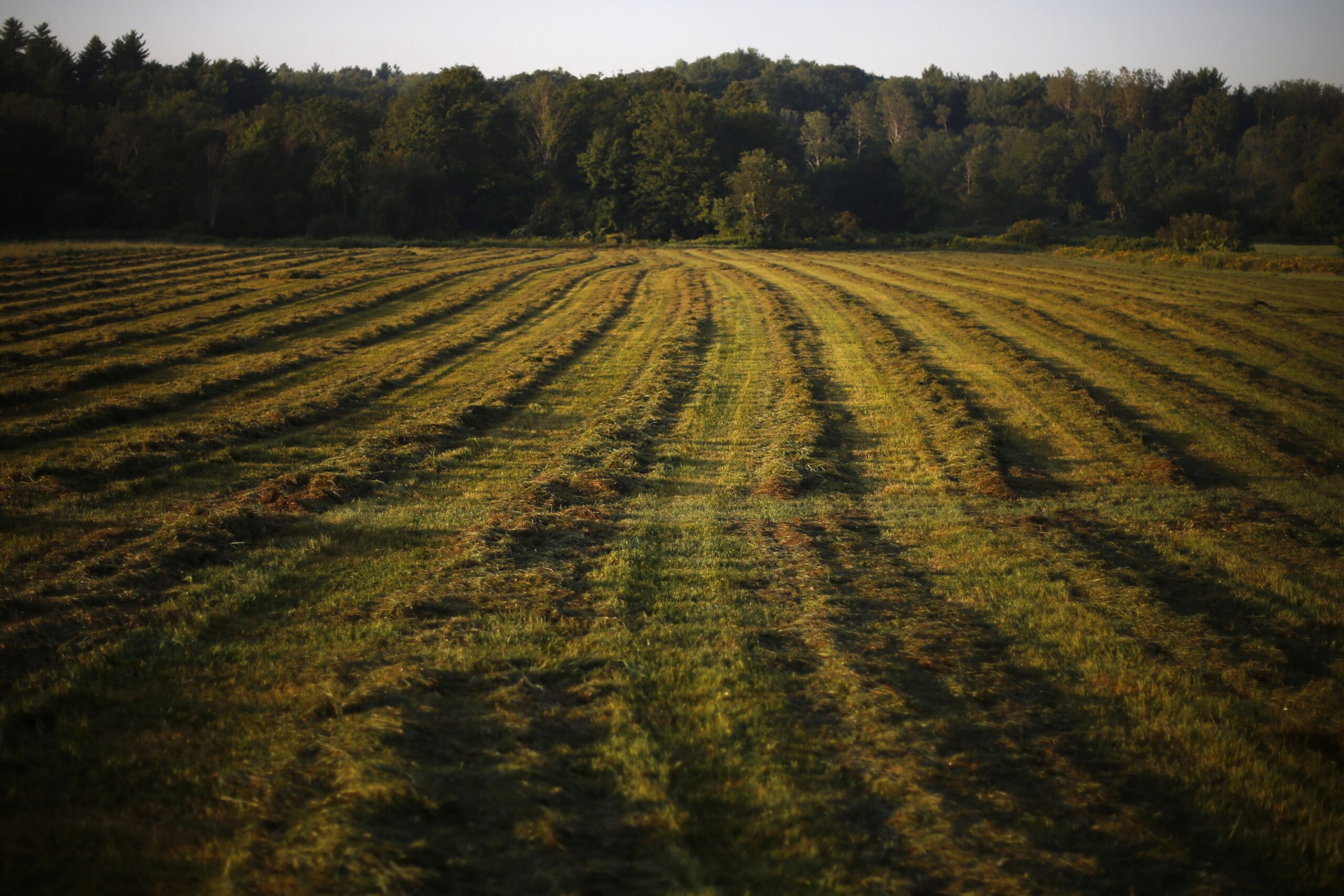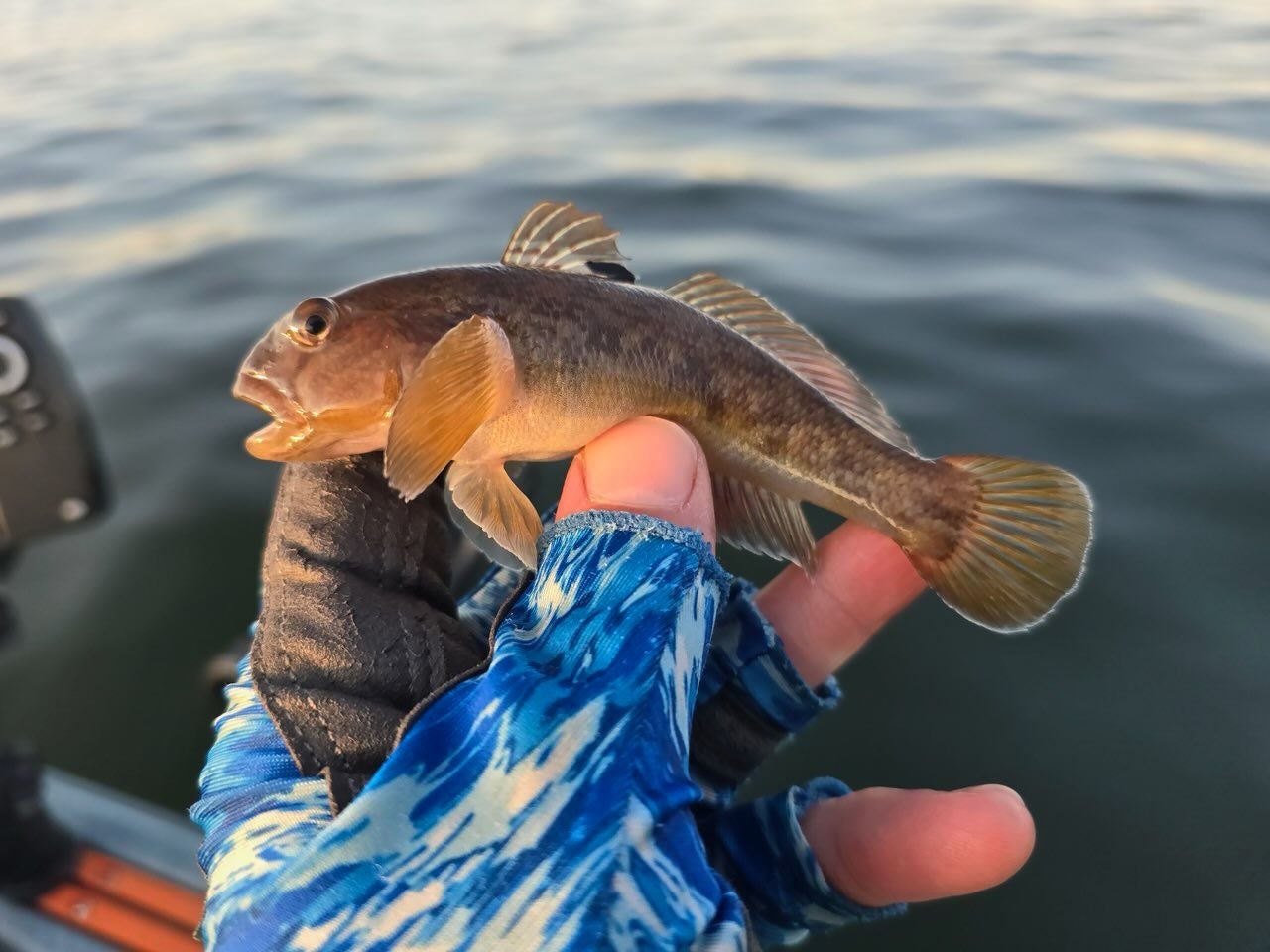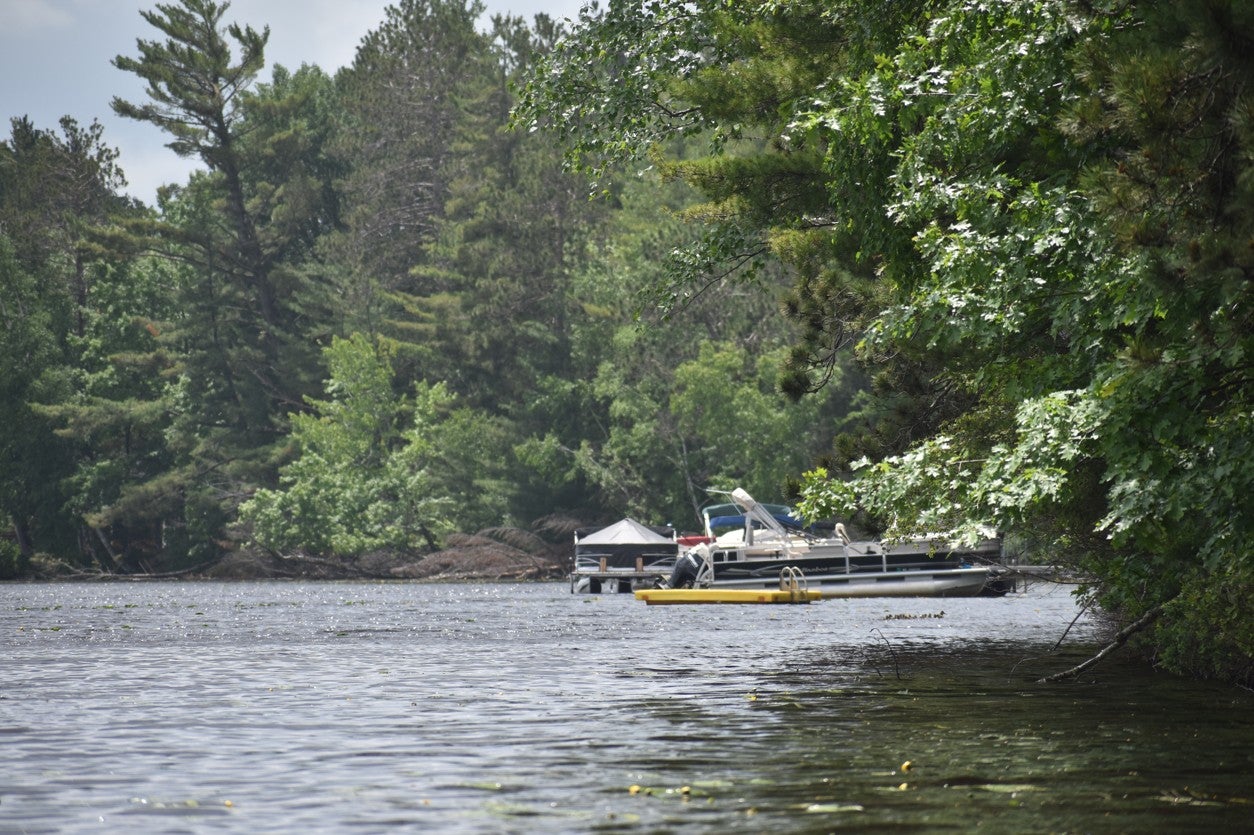The state Department of Natural Resources has issued its first fish consumption advisory related to PFAS in Lake Superior fish. The agency is recommending people not consume more than one meal of smelt per month.
In a Friday press release, the DNR said routine samples of rainbow smelt collected near the Apostle Islands of Lake Superior had high concentrations of contaminants known as PFAS chemicals. As a result, the agency is recommending people limit the amount of smelt they eat. Smelt are small fish, about 7 to 9 inches long, and weigh around 3 ounces.
Sean Strom, a fish and wildlife toxicologist with the DNR, said smelt collected last spring and summer had high levels of the legacy pollutants commonly found in products like firefighting foam, water repellent fabrics and nonstick cookware.
News with a little more humanity
WPR’s “Wisconsin Today” newsletter keeps you connected to the state you love without feeling overwhelmed. No paywall. No agenda. No corporate filter.
PFAS pollutants have been described as “forever chemicals” because they don’t easily break down in the environment. Strom said there are a lot of potential health impacts associated with consumption of PFAS chemicals like hypertension and thyroid issues.
“PFAS in Lake Superior fish has been detected, but it has never been detected at a level that would warrant or trigger a consumption advisory,” said Strom “So, we were a little bit surprised, I guess, that the levels were high enough to warrant a one meal per month advisory.“
Strom said the PFAS fish consumption guidelines were developed by the Great Lakes Consortium for Fish Consumption Advisories. The group is made up of Great Lakes states and the province of Ontario, Canada.
The DNR detected lower levels of PFAS in larger fish species like lake trout, northern pike, walleye and musky caught in the St. Louis River, which empties into Lake Superior along the shores of Superior. The agency said levels weren’t high enough to trigger consumption advisories for those species.
Fish consumption advisories related to other pollutants like mercury and chemicals known as PCBs are not uncommon in Wisconsin. But Strom said the data shows PFAS accumulates in fish differently than those substances.
“So, the old advice was always, you know, avoid older, larger fish, consume the younger, smaller fish,” said Strom. “Well, what you find with PFAS is that that’s not always true, that a lot of times these smaller species can have higher levels than larger predatory species.”
Strom said he and other scientists aren’t sure why that is and that more research is needed. He said the DNR plans to sample more rainbow smelt in other parts of Lake Superior and in Lake Michigan in the future to get a better sense of how widespread PFAS contamination is in smelt and other fish species.
The DNR has already issued fish consumption advisories in Lake Monona and Starkweather Creek near Madison due to PFAS contamination.
Wisconsin Public Radio, © Copyright 2026, Board of Regents of the University of Wisconsin System and Wisconsin Educational Communications Board.





